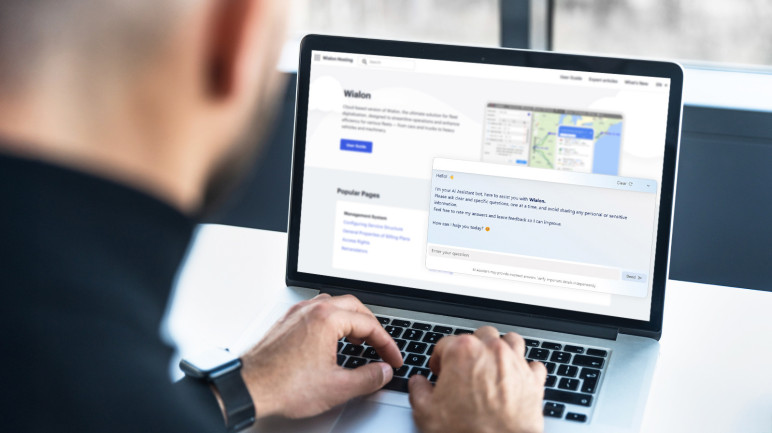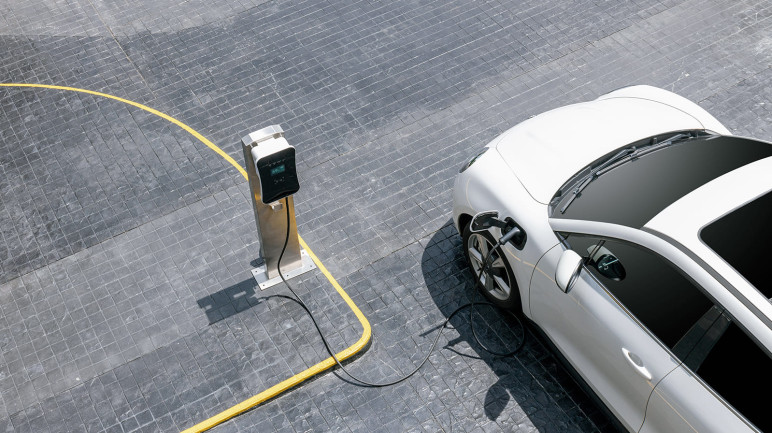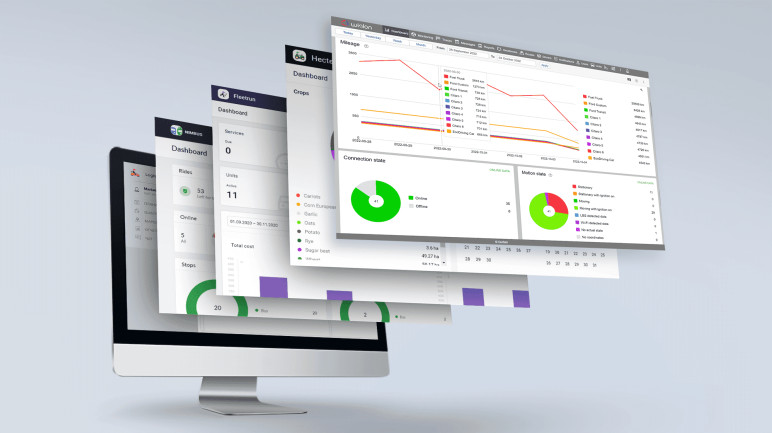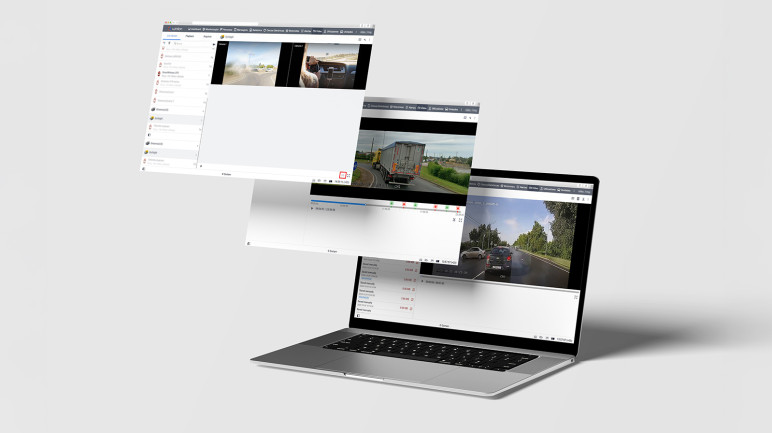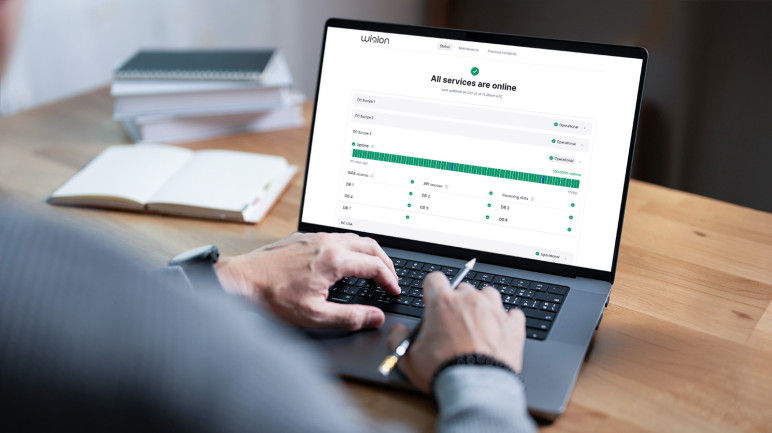Ecossistema Wialon

Wialon
A solução definitiva para a digitalização de frotas

Equipamentos integrados
Lista de hardware GPS e outros equipamentos telemáticos integrados ao Wialon

Fabricantes de hardware
Catálogo de fabricantes de hardware telemático

Marketplace
Soluções customizadas e integrações feitas pelo time Wialon e pela comunidade de parceiros

Desenvolvedores de software
Experts na entrega de soluções realizadas com a SDK e a API Wialon
Soluções
Produtos de nicho para tarefas específicas

Solução para leasing de veículos
Rastreamento da localização de veículos para empresas de empréstimo, leasing e financiamento automotivo

Agricultura inteligente
Controle a rotação de culturas e trabalhos de campo com Hecterra

Gestão de frotas de entregas
Desenvolvemos o Logistics para você gerir operações de delivery

Monitoramento do comportamento do motorista
Eco Driving – a solução para monitorar a qualidade da condução

Gestão de manutenção de frotas
Um aplicativo web para planejar, controlar e registrar gastos com manutenção

Rastreamento de funcionários de campo
O WiaTag transforma um smartphone em um rastreador GPS e permite controlar operações de campo e a performance de equipes móveis

Gestão de transporte público
O NimBus foi projetado para controlar veículos de rotas fixas

Gestão de combustível da frota
O módulo é projetado para calcular o consumo de combustível em qualquer tipo de maquinário, de veículos comuns à caminhões tanque
Recursos
Contato
Conta pessoal




